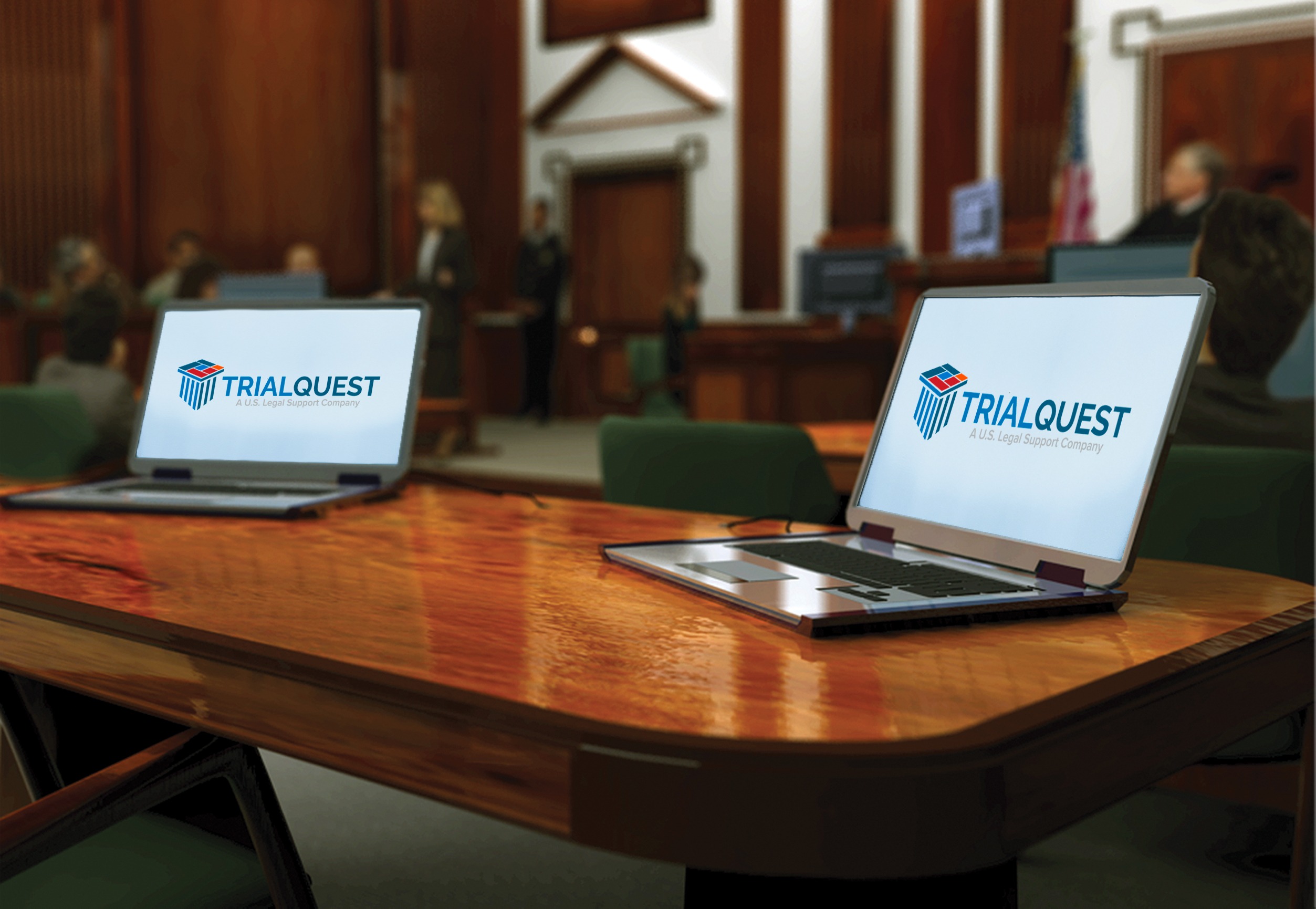The Role of Visual Aids in Creating Powerful Trial Presentations
The Role of Visual Aids in Creating Powerful Trial Presentations
Blog Article
Enhancing Your Legal Strategy With Specialist Trial Presentations
In today's legal landscape, the significance of expert trial discussions can not be overstated. As attorneys navigate the complexities of the court room, the ability to successfully communicate complex arguments is extremely important. By changing thick lawful principles right into interesting stories, practitioners can enhance juror comprehension and retention. Integrating multimedia tools and narration strategies can develop an engaging backdrop that not only educates yet additionally resonates mentally with jurors. The concern stays: what specific strategies can lawyers utilize to elevate their discussions and eventually influence test results?
Importance of Test Presentations
Trial discussions act as a crucial aspect in the legal process, effectively linking the gap in between complex lawful arguments and juror understanding. The ability to boil down elaborate lawful principles right into accessible stories is important for jurors, that must make enlightened decisions based on the proof presented. A well-crafted discussion not just clears up the instance but likewise boosts the persuasiveness of the argument, inevitably influencing the jury's assumption.
In an era where interest periods are limited, the value of engaging visuals and clear communication can not be overstated. Test presentations serve to catch jurors' passion and maintain their focus, enabling a deeper understanding of the facts and legal issues at hand. Additionally, they provide an organized framework that arranges the situation, promoting logical flow and comprehensibility.

Key Components of Effective Presentations
An effective presentation in a court setting hinges on a number of crucial elements that jointly improve its influence. Lawyers need to boil down intricate lawful debates right into succinct, quickly digestible points to guarantee jurors understand the core problems.
Visual aids play an essential role as well, as they can considerably reinforce key messages. Effective usage of displays, graphes, and representations can clear up complex information and emphasize crucial realities. Furthermore, the presenter's delivery design is essential; positive, appealing communication cultivates credibility and keeps jurors' interest.
Finally, recognizing the audience is paramount. Customizing the discussion to the jurors' backgrounds and worths can promote a connection that enhances receptivity to the debate. In summary, clarity, narrative framework, visual help, distribution style, and target market understanding are integral to crafting a reliable court presentation that reverberates with jurors and supports the overarching lawful technique.
Technology in Test Presentations
Modern courtrooms significantly incorporate modern technology to improve test presentations, developing on the fundamental aspects of efficient interaction developed through clear messaging and interesting narratives. The consolidation of audio-visual help, such as high-definition projectors and interactive displays, allows legal teams to present proof in an extra compelling way. This technology not only useful content captures the court's interest however likewise facilitates a much better understanding of complex information.

Digital devices, including discussion software program and electronic exhibition administration systems, streamline the organization and retrieval of evidence (trial presentations). Lawyers can rapidly reference documents, photos, and videos, guaranteeing that crucial information is readily easily accessible throughout the trial. Additionally, using animations and simulations can strongly highlight essential principles, making them less complicated for jurors to grasp
Furthermore, court technology promotes collaboration amongst legal specialists, making it possible for real-time changes to discussions based upon jury reactions or unanticipated growths. The capacity to adapt on the fly is essential in preserving involvement and enhancing arguments. As technology continues to progress, its function in trial discussions will definitely broaden, supplying ingenious methods to connect effectively and persuasively in the pursuit of justice.
Storytelling Techniques for Influence
Efficient storytelling methods are essential in delivering impactful test discussions, as they transform complicated legal disagreements into browse around these guys relatable narratives. A well-crafted story mesmerizes the audience, making it easier for jurors to understand and find more bear in mind key points.
To produce an engaging story, lawyers must concentrate on developing a clear framework with a beginning, center, and end. The start needs to introduce the situation context and its relevance, while the middle elaborates on the core problems, weaving forthcoming and witness testaments that sustain the debate. Effectively, the ending must strengthen the designated message, driving home the preferred outcome.
Additionally, including emotional aspects can dramatically enhance the story's impact. By humanizing the instance, lawyers can evoke empathy, enabling jurors to link personally with the truths offered. Making use of vibrant images and anecdotes can also aid in showing complex motifs, making them a lot more concrete and unforgettable.

Tips for Implementation in Court
Carrying out narration techniques in court requires careful preparation and implementation to ensure that the story reverberates with jurors. Begin by recognizing the core message of your instance and aligning it with the psychological and valid aspects that will certainly involve the court. Produce a clear and engaging narrative arc that consists of an introduction, a growth of dispute, and a resolution.
Use visual help to boost narration; exhibits, timelines, and multimedia discussions can help highlight complicated concepts and preserve juror interest. Exercise your shipment, making certain that body movement, tone, and pacing follow the psychological weight of your story.

Verdict
In verdict, professional trial presentations play an essential duty in improving lawful strategies by effectively communicating intricate disagreements to jurors. The combination of aesthetic help, clear stories, and emotional storytelling cultivates juror interaction and comprehension. By leveraging modern technology and sticking to essential elements of successful presentations, attorneys can substantially improve the likelihood of attaining positive decisions. The implementation of these methods is vital for modern trial advocacy, inevitably shaping the result of lawful procedures - trial presentations.
Report this page